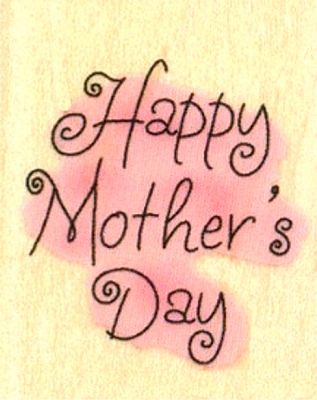If you haven’t had a chance to tune into the debate started by Mona Eltahawy in the current issue of Foreign Policy, you should. “Why Do They Hate Us” takes a scathing look at the “real war on women” in the Middle East. Eltahawy makes an impassioned case for why misogyny in the Muslim world needs to be named and dismantled. Her controversial article has sparked a truly global debate.
After reading Eltahawy’s essay, check out Eltahawy’s conversation with Leila Ahmed and Melissa Harris-Perry on MSNBC. (Thanks to Samhita at Feministing for posting about this, and bringing her own valuable perspective to the conversation!)
It’s such a wonderful conversation that I’ve changed my whole lecture on transnational feminism for a class tomorrow so that I can show it.
What I love about this interview: Eltahawy’s eloquence and passion. Harris-Perry’s deep understanding and on-point questions. Ahmed’s deeply thought yet gentle critique.
Eltahawy: “What I’m trying to do is go straight for the jugular. I’m shaking people into having a discussion.”
“The issue I want to discuss is the misogyny, which plays out in different ways, but ultimately it’s a mix of religion, culture, and law in these various countries. What are we going to do about that? At a time of revolution, when everything is in flux? Let’s jump in and turn this [into a] gender revolution.”
Harris-Perry: “As an academic, I love nuance. As a media personality, I know that sometimes it is the straightforward, loud voice that gets it heard.”
Ahmed: “You see the glass as half empty, and more than half empty, and I see it as half full. […] I am focusing on the extraordinary people who brought down tyranny, regimes, absolutely dictatorial regimes, these are young people who believe in justice, who believe in liberty, who believe in free speech, who are out in the square risking their lives […] and my faith is in them […] I see both men and women participating in this fight, I don’t see young men hating young women […] I think we do have a new generation, and my trust is in them.”
Ahmed’s critique is valid, as is her observation that some readers might find their Islamophobic and anti-Muslim feelings confirmed after reading the article. But Eltahawy refuses to stay silent despite this possibility. She insists that women’s rights should not wait until after the revolution—because then it will not be a true revolution.
Eltahawy is right. Consider the history of anti-colonial movements and civil rights movements, which reveals the following pattern: even though many women have participated in the fight for freedom, their rights are often subsequently ignored.
Eltahawy rejects the idea that Muslim women need to be “saved.” Many women continue to be active in protests. But she wants other governments to understand that “it’s our culture” does not give a pass to women-hating cultural practices that were not created by women. Among other things, Eltahawy wants Egypt to pass a violence against women act.
What this conversation also models—and why I want to show it to my students: Eltahawy and Ahmed eloquently and respectfully disagree. Where do we see this anymore? These women (all three of them) are my heroes.

 French feminist Elizabeth Badinter thinks so. I’m not completely convinced—though I think she’s dead on about some larger trends, including the way that natural mothering has increasingly become doctrine in certain circles. I review her forthcoming book,
French feminist Elizabeth Badinter thinks so. I’m not completely convinced—though I think she’s dead on about some larger trends, including the way that natural mothering has increasingly become doctrine in certain circles. I review her forthcoming book,  Amy Chua’s 2011 book Battle Hymn of the Tiger Mother caused quite a stir. Apparently it was also prophetic: one year later, U.S. readers have a new crop of books about how everyone else raises their kids. Everyone except Americans, that is: the Chinese, the French, the Argentineans, the Tibetans, the Polynesians… and so on.
Amy Chua’s 2011 book Battle Hymn of the Tiger Mother caused quite a stir. Apparently it was also prophetic: one year later, U.S. readers have a new crop of books about how everyone else raises their kids. Everyone except Americans, that is: the Chinese, the French, the Argentineans, the Tibetans, the Polynesians… and so on. Just in time for Mother’s Day, Save the Children has published its twelfth annual
Just in time for Mother’s Day, Save the Children has published its twelfth annual 